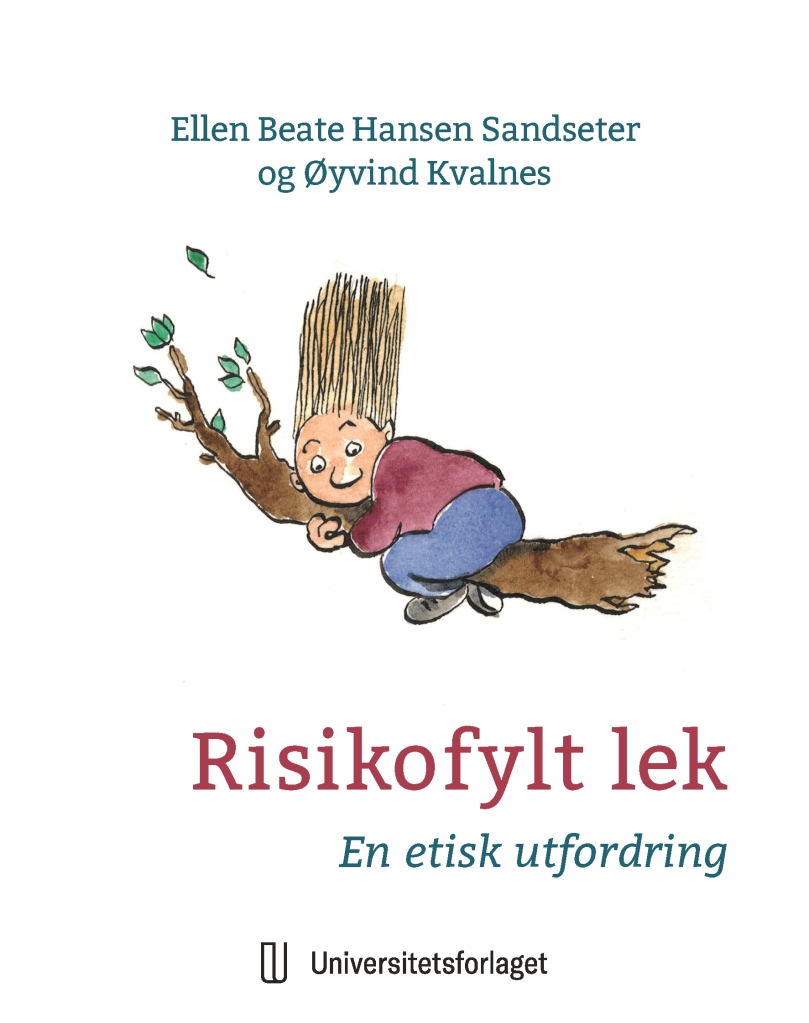If you want to know more about the exciting ViRMa project, this protocol paper describes the aims and methods. The paper is open-access.
Link to PAPER
Abstract:
Background: Research indicates that risky play benefits children’s risk assessment and risk management skills and offers several positive health effects such as resilience, social skills, physical activity, well-being, and involvement. There are also indications that the lack of risky play and autonomy increases the likelihood of anxiety. Despite its well-documented importance, and the willingness of children to engage in risky play, this type of play is increasingly restricted. Assessing long-term effects of risky play has been problematic because of ethical issues with conducting studies designed to allow or encourage children to take physical risks with the potential of injury.
Objective: The Virtual Risk Management project aims to examine children’s development of risk management skills through risky play. To accomplish this, the project aims to use and validate newly developed and ethically appropriate data collection tools such as virtual reality, eye tracking, and motion capturing, and to provide insight into how children assess and handle risk situations and how children’s past risky play experiences are associated with their risk management.
Methods: We will recruit 500 children aged 7-10 years and their parents from primary schools in Norway. Children’s risk management will be measured through data concerning their risk assessment, risk willingness, and risk handling when completing a number of tasks in 3 categories of virtual reality scenarios: street crossing, river crossing, and playing on playground equipment. The children will move around physically in a large space while conducting the tasks and wear 17 motion-capturing sensors that will measure their movements to analyze motor skills. We will also collect data on children’s perceived motor competence and their sensation-seeking personality. To obtain data on children’s risk experiences, parents will complete questionnaires on their parental style and risk tolerance, as well as information about the child’s practical risk experience.
Results: Four schools have been recruited to participate in data collection. The recruitment of children and parents for this study started in December 2022, and as of April 2023, a total of 433 parents have consented for their children to participate.
Conclusions: The Virtual Risk Management project will increase our understanding of how children’s characteristics, upbringing, and previous experiences influence their learning and ability to handle challenges. Through development and use of cutting-edge technology and previously developed measures to describe aspects of the children’s past experiences, this project addresses crucial topics related to children’s health and development. Such knowledge may guide pedagogical questions and the development of educational, injury prevention, and other health-related interventions, and reveal essential areas for focus in future studies. It may also impact how risk is addressed in crucial societal institutions such as the family, early childhood education, and schools.
Ellen 😀





